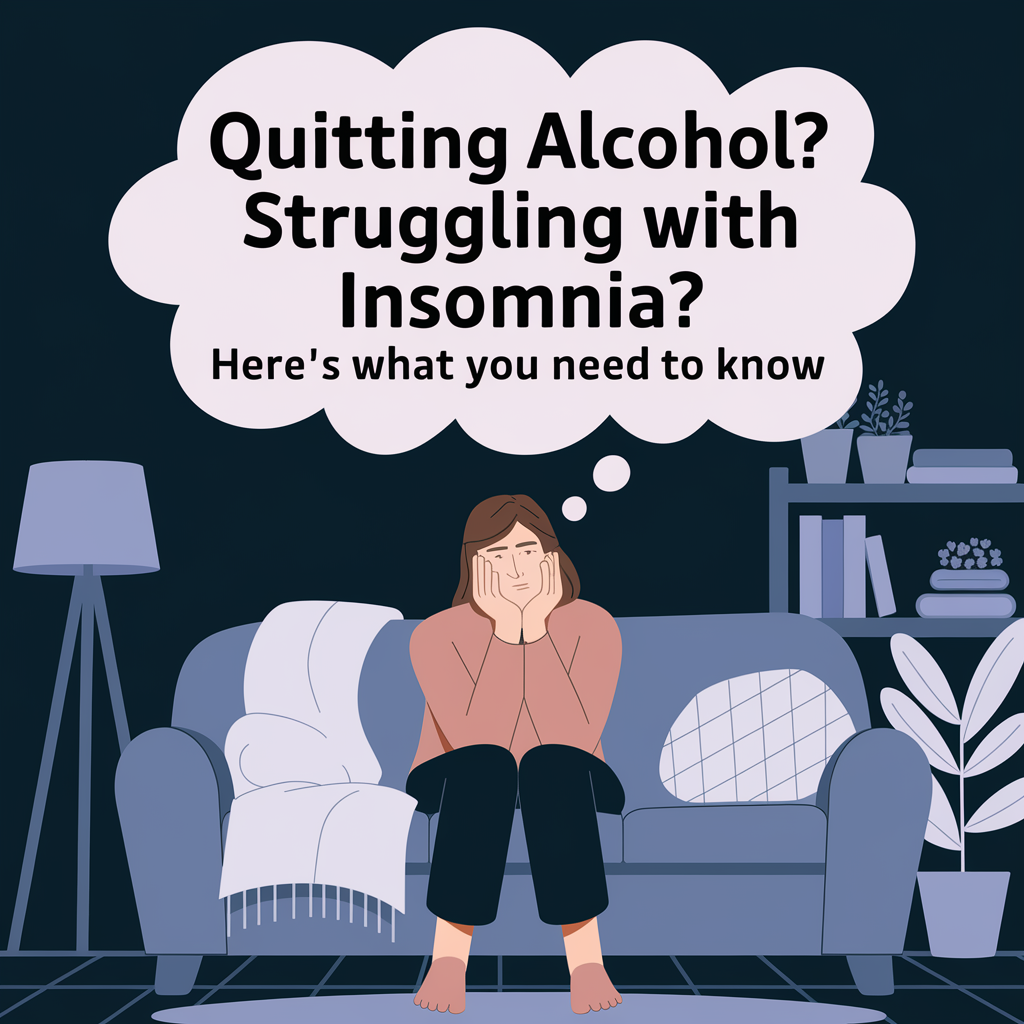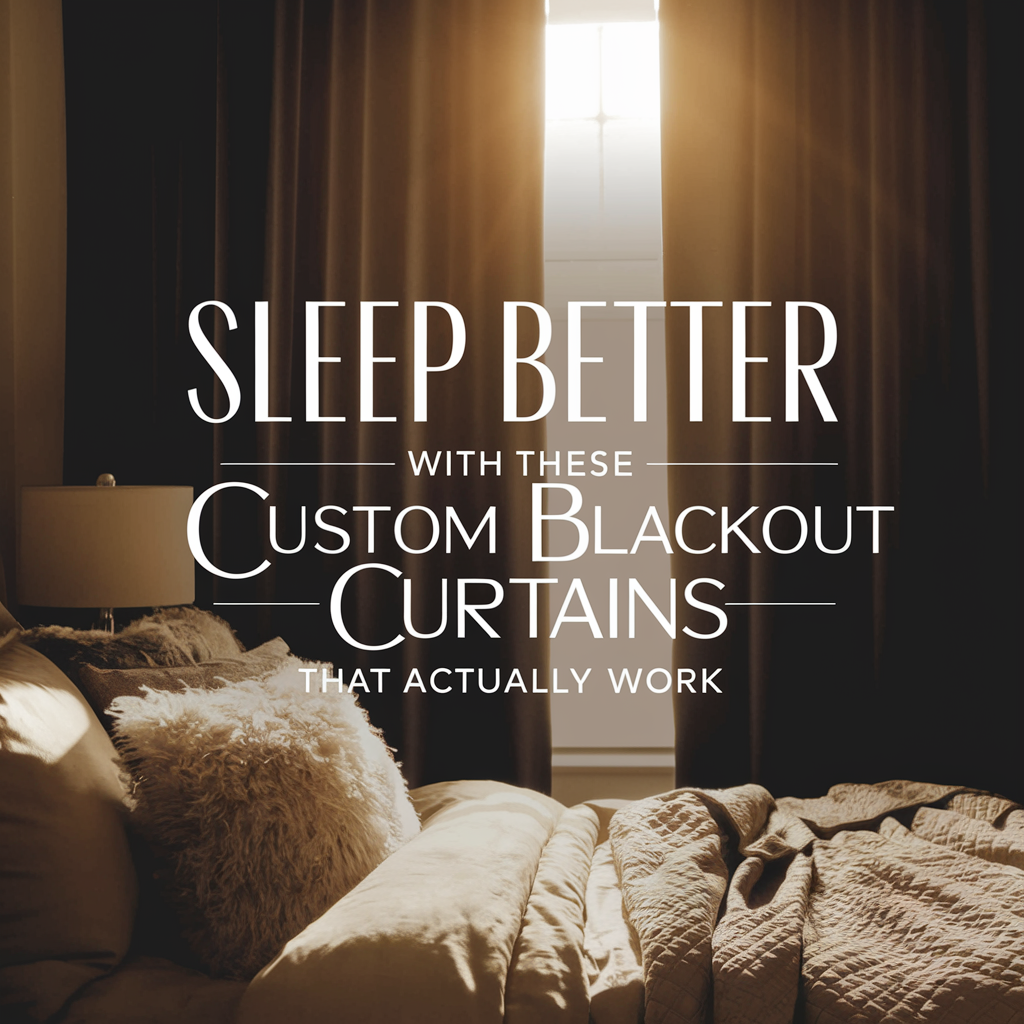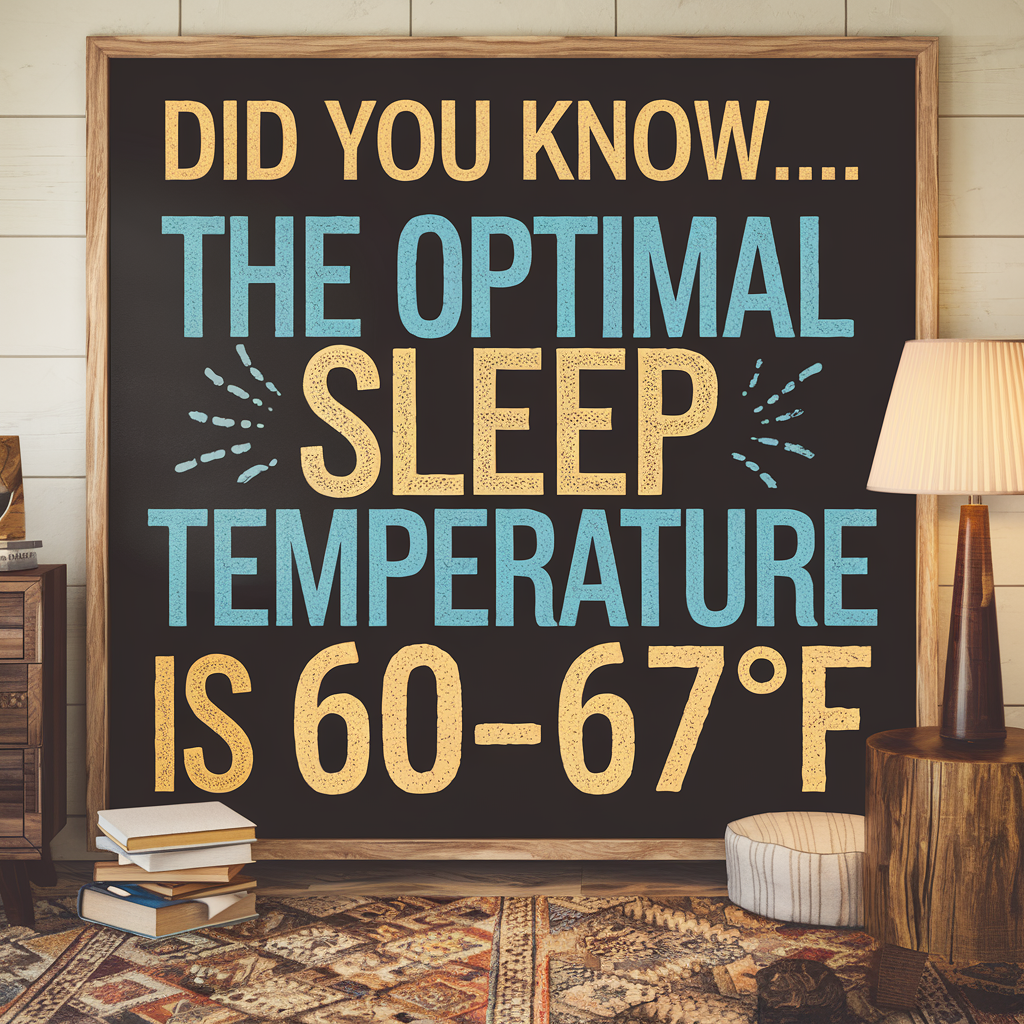
What is the best temperature for sleeping at night?
For me, it took way too many nights of waking up sweaty or freezing before I finally asked the obvious question: What’s the best temperature for sleep? I used to just leave the thermostat wherever it landed, assuming it didn’t make much of a difference. I was wrong—big time.
Most experts (and now, me) agree that the sweet spot is between 60 and 67 degrees Fahrenheit. When your room is too hot or too cold, your body struggles to settle into the deep stages of sleep. But when your bedroom is set to that cooler, consistent range? You sleep deeper and wake up less throughout the night.
Personally, I found that 65 degrees is my magic number. It’s cool enough to help my body wind down, but not so chilly that I’m bundled up like I’m camping in the Rockies.
I started making changes when I realized that temperature might be one of the biggest factors messing with my sleep. And you know what? It worked. Combine that cooler room with a few other tweaks—like custom blackout curtains that block all the light—and you’re already halfway to better rest.

Does sleeping in a cold room help you sleep better?
Yes. I didn’t think it would, but yes—sleeping in a cold room actually helps you sleep better. It feels weird at first if you’re used to a warm and cozy space, but your body naturally cools down before bedtime. If your room is warm, your body has to fight harder to reach that lowered internal temp, and that messes with your ability to fall asleep.

Since I’ve kept my bedroom consistently cooler—around that ideal 65-degree mark—I fall asleep faster and stay asleep longer. And I don’t wake up in the middle of the night feeling like I need to flip my pillow to the cool side every 20 minutes.
Here’s what helped me embrace the chill:
- Lighter, breathable bedding
- A ceiling fan or box fan on low
- Custom blackout curtains to trap cool air in (These blackout curtains from ChrisDowa really sealed the deal for me—kept my room darker and cooler.)
It’s not just about comfort—it’s about getting your body in the right rhythm. When your environment matches what your body is naturally trying to do, everything works better. Including your sleep.

Can sleeping in a room that’s too warm affect your sleep?
Absolutely—and I learned that the hard way. Before I knew anything about the best temperature for sleep, I’d crank the heat up in the winter and bury myself under heavy blankets. I thought I was making things cozy, but all I did was create a furnace that left me tossing, turning, and waking up feeling groggy.
Here’s what I noticed when my room was too warm:
- I had trouble falling asleep. I’d lie there feeling sticky and restless, even when I was tired.
- I woke up more often. A few times a night, I’d wake up sweaty, kick the blankets off, then get cold again. It was a vicious cycle.
- I had way more vivid, chaotic dreams. (Not always bad—but definitely not restful.)
Too much heat interferes with your body’s natural ability to cool down for sleep. Your core temperature needs to drop by a couple of degrees for you to move into deep, restorative sleep stages. When your environment fights against that, it’s like trying to sleep while your body’s still on high alert.
One of the small but powerful changes I made? Replacing heavy curtains with custom blackout curtains that don’t just block light, but also help with temperature control. They keep the room cooler during the day and make the whole space feel more restful at night.
If you’re cranking the heat at bedtime or bundling up like it’s January in Alaska—even in mild weather—you might be sabotaging your sleep without realizing it.

What’s the best sleeping temperature for adults?
For most healthy adults, studies and sleep specialists agree that the ideal sleeping temperature for adults falls between 60 and 67°F. But from my own experience, I’d say the “real feel” also depends on what you’re wearing to bed, what kind of bedding you use, and how well your room is insulated.
When I started dialing in my routine, I experimented night by night:
- 60–62°F felt way too cold unless I was bundled under heavy blankets.
- 64–65°F was just right with lightweight, breathable bedding.
- 68°F and up? That’s when I noticed more sweating, restlessness, and shallow sleep.
So yes, that range is backed by science—but you’ll still need to adjust based on your lifestyle and home setup. If your HVAC system struggles or your windows let in too much heat or cold, you’ll want to tweak your environment to match your sleep goals.
A few things that helped me lock in my perfect temperature:
- A programmable thermostat (set it to drop a few degrees at night)
- A simple fan to keep air moving
- Blackout curtains that help regulate the room’s temperature
- Ditching flannel sheets in favor of breathable cotton or bamboo
If you’re sleeping too hot or too cold, it’s not just an annoyance—it’s something that can seriously wreck your rest. Figuring out your best temperature for sleep is one of the most underrated steps toward fixing chronic sleep problems.

How does room temperature affect sleep quality?
It affects it more than I ever thought. Before I got serious about my sleep, I figured as long as I had a decent mattress and wasn’t too hot, I’d be fine. But once I started paying attention to room temperature, I realized it was playing a much bigger role than I gave it credit for.
Here’s what happens when your room temperature is off—even by a few degrees:
- Falling asleep takes longer. Your body needs to cool down in order to initiate sleep. If the room is too warm, that process slows down.
- You spend less time in deep sleep. When your body’s too hot or too cold, you don’t stay in the most restorative stages of sleep for long.
- You wake up more. Even if you don’t remember waking up, your brain can be lightly disturbed all night long when it’s uncomfortable.

When I finally started tweaking my environment—getting the thermostat set lower, cracking the window just a bit, and installing custom blackout curtains that help block heat and light—I noticed a difference within a couple of nights.
Room temperature affects everything from your circadian rhythm to how much melatonin your body produces to how easily you move through REM and deep sleep. If your environment is working against you, no supplement or sleep routine can totally fix it.

What’s the best thermostat setting for sleep?
If you have a programmable thermostat, this is where you can really start winning. I used to just leave mine set to 70°F around the clock. Now I know that’s way too warm for good sleep.
After a few weeks of testing, I found that setting my thermostat to 65°F about an hour before bed made a big difference. That gave my room enough time to cool down before I crawled in under the covers, and I could feel my body settle into sleep faster.
Here’s what worked for me:
- Drop it to 64–65°F about 30–60 minutes before bed.
- Use a fan to circulate the cool air without making it drafty.
- In the morning, schedule it to go back up slightly—makes it easier to get out of bed.
- Layer your bedding so you’re not freezing when you first lie down, but not sweating by 3 a.m.
And don’t forget—if your room gets too warm during the day, especially in summer, that heat will linger into the evening. That’s why adding something like custom thermal blackout curtains can make a real difference. They help keep the room cooler all day long, so you’re not fighting trapped heat at night.
It’s a small tweak, but getting your thermostat setting dialed in is one of the easiest wins when you’re chasing better sleep.

Should you change the room temperature based on seasons?
Yes—and if you’re not already doing this, you might be sabotaging your sleep without realizing it. I used to set my thermostat and forget it, but once I started tracking how the best temperature for sleep felt different in summer vs winter, it finally clicked.
Here’s what I’ve learned from testing sleep temps through the seasons:
In the summer:
- Even with A/C, your room can retain heat throughout the evening.
- I run a fan and drop the thermostat to around 64°F before bed.
- Blackout curtains help a ton by blocking out late sunlight and reducing heat buildup.
- Lightweight, breathable bedding is a must.
In the winter:
- I keep the thermostat a little higher, around 66–67°F—too cold and I’d wake up with cold hands and a stiff neck.
- I use a small space heater set on a timer to take the chill off without overheating.
- I still use those same blackout curtains because they also help insulate the room and trap warmth.
Adjusting your sleep environment seasonally helps your body stay in rhythm with what it naturally expects. When your room stays too hot in summer or too cold in winter, your body fights to regulate itself—and that costs you precious deep sleep.

What temperature should a bedroom be for optimal sleep?
If you’re looking for a one-size-fits-all number, you’re probably not going to find it. But based on everything I’ve tried (and plenty of nights of restless trial and error), 65°F has been the most optimal bedroom temperature for sleep—at least for me.
That’s within the expert-recommended range of 60 to 67°F, and it gives you a comfortable, slightly cool environment that helps trigger melatonin production and ease your body into sleep mode.
Here’s a quick cheat sheet I use when things start to feel “off”:
- Waking up sweaty? Drop the room temp by 1–2 degrees
- Waking up stiff or chilled? Add a light blanket or raise it by 1 degree
- Still tossing and turning? Layer in solutions—like fans, cooling sheets, or blackout curtains that block heat and light
Getting your bedroom to the best temperature for sleep isn’t about perfection—it’s about finding that sweet spot where your body can relax, your mind can shut off, and your sleep isn’t interrupted by temperature swings.
The cool, quiet, and dark combo has been a complete game-changer for me—and now that I’ve nailed it down, I won’t be going back.

Is it better to sleep in a warm or cool room?
From everything I’ve tested (and messed up), cool wins—hands down. I used to think a warm room felt more comforting, especially in the winter, but I was waking up groggy, overheated, and annoyed. Once I started leaning into cooler temps, my sleep completely changed.
Here’s why a cool room is better for sleep:
- Your body needs to cool down to fall asleep. That natural dip in core temperature signals your brain to release melatonin. A warm room fights against that.
- You sleep deeper. Cooler environments help you spend more time in restorative sleep stages. That’s where your body recovers, heals, and resets.
- You wake up less. I used to toss the blankets off and then pull them back on all night. Now that my room stays cool and consistent, I barely budge.
And it’s not just me—this idea of cooler = better is backed by real sleep science. Experts say your sleep cycle relies on your environment, and the temperature you’re sleeping in can make or break the quality of your rest.
To make the switch easier, I combined a few things that helped maintain that chill:
- A simple, quiet fan
- Breathable cotton bedding
- And most importantly, custom blackout curtains to keep the sun and heat out during the day
I’m not saying your room should feel like a walk-in freezer. But shaving a few degrees off your normal temp might be the secret to waking up refreshed instead of frazzled.

How can I keep my bedroom at the best temperature for sleep?
This was the part I had to figure out the hard way. Getting the best temperature for sleep wasn’t just about setting the thermostat and walking away. I had to tweak a few things until it finally felt right.
Here’s what worked for me:
1. Programmable thermostat
Set it to lower the temp to around 65°F about 30 minutes before bed, then raise it slightly in the early morning so it’s not freezing when you get up.
2. Blackout curtains that regulate temperature
I can’t stress this enough—custom blackout curtains like these made a huge difference in keeping my room cool in summer and warm in winter. They seal out heat during the day and trap the comfortable air inside at night.
3. Airflow matters
Use a ceiling fan or box fan to circulate air without blasting cold air right on your face. If it’s cool outside, cracking the window can also help drop the temp quickly.
4. Breathable bedding and sleepwear
Ditch the heavy stuff and try cooling sheets, especially if you sleep hot. Lightweight fabrics like bamboo or cotton help regulate body temperature better than flannel or fleece.
5. Monitor and adjust
If you’re still waking up uncomfortable, try logging your room’s temperature overnight. Small adjustments—just one or two degrees—can make all the difference.
Between getting the temp right, blocking outside light, and managing noise, I finally put together a sleep space that works with my body, not against it. And if you’re still struggling with sleep even after fixing your room, I highly recommend reading this guide that helped me overcome deeper sleep issues—you might find a few things you haven’t tried yet.
Dialing in your bedroom temperature isn’t about being perfect. It’s about getting a little closer to what your body actually needs so you can fall asleep faster, sleep deeper, and wake up actually feeling rested.
As an Amazon Associate we earn from qualifying purchases through some links in our articles.
